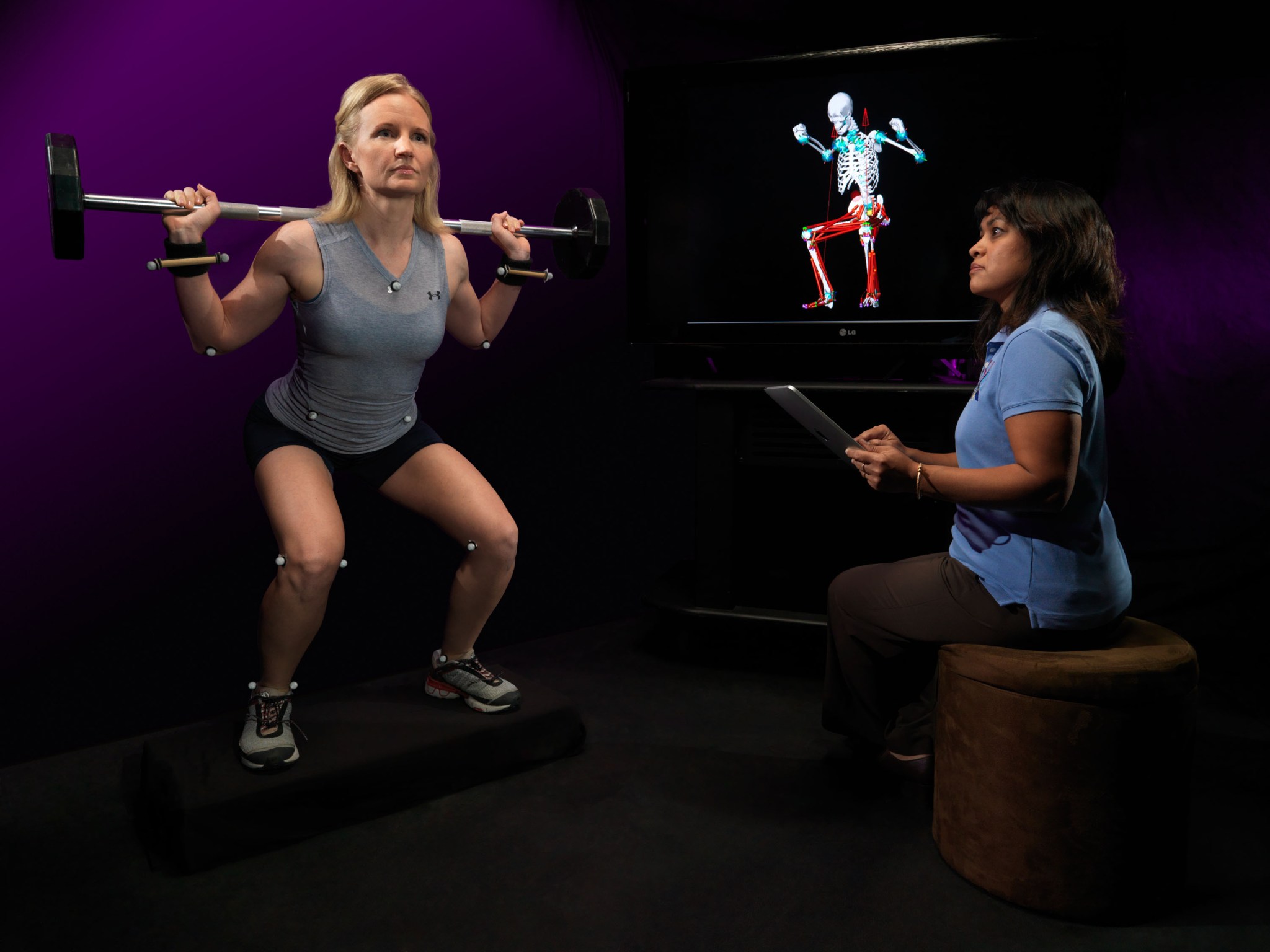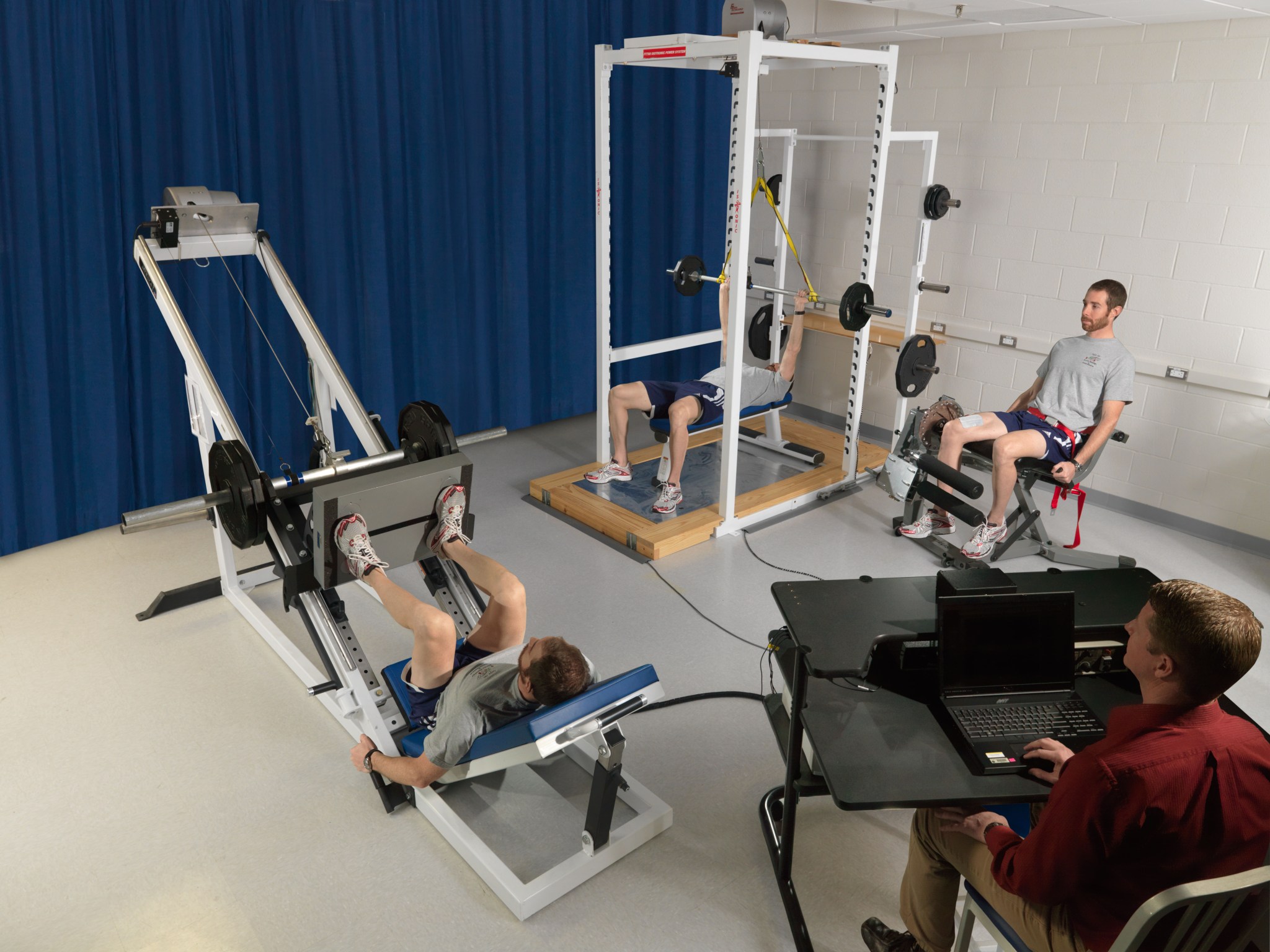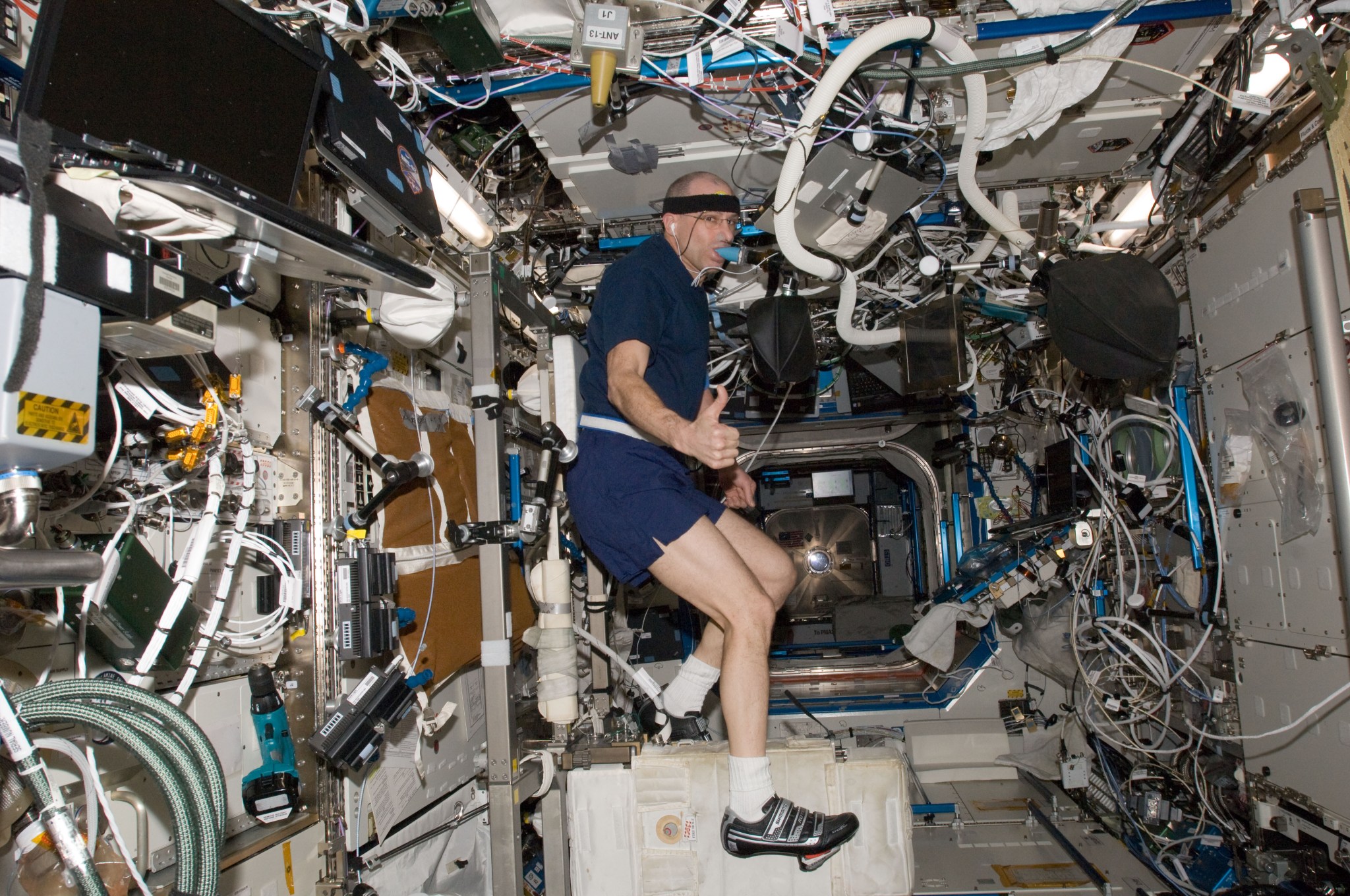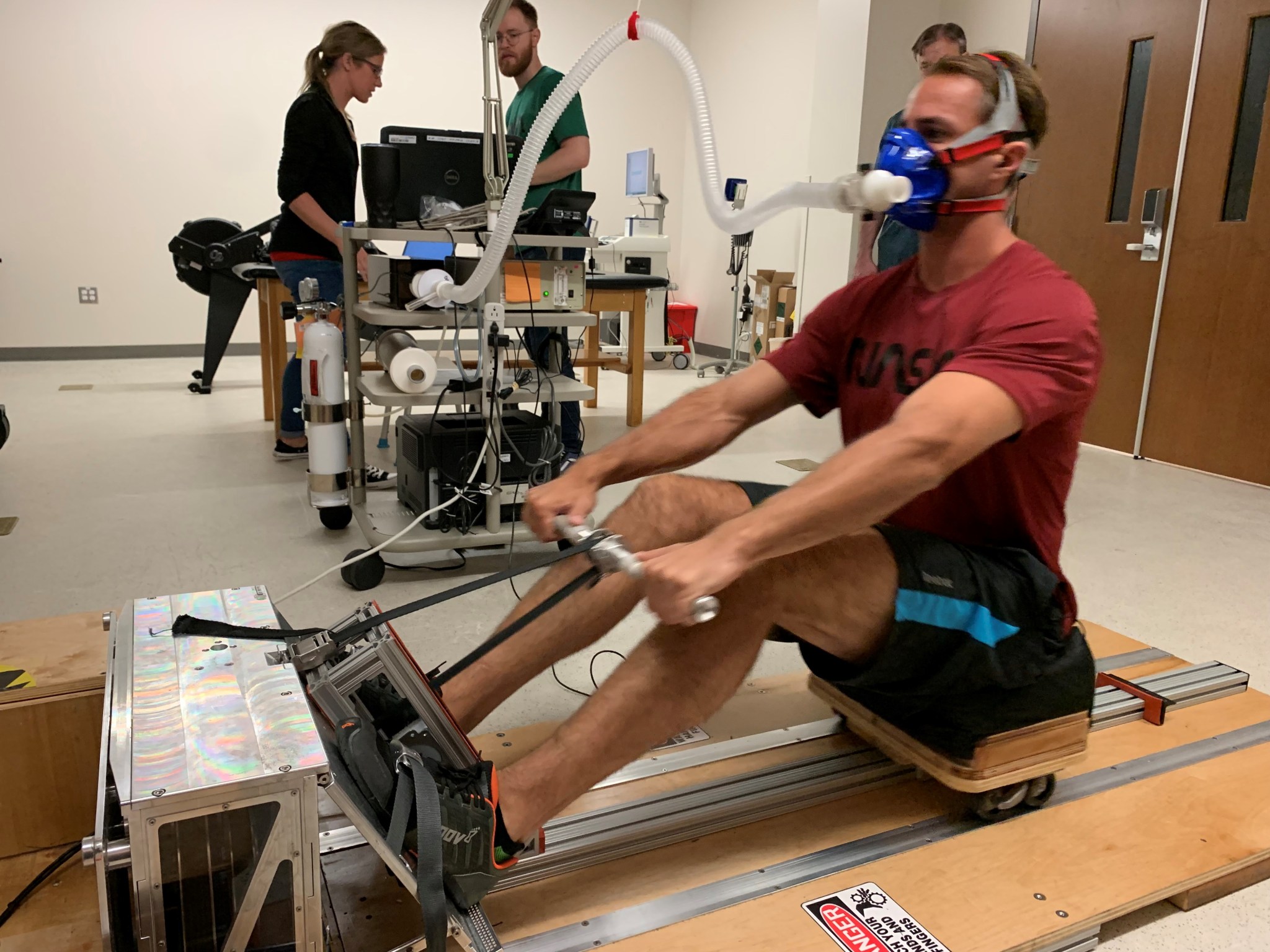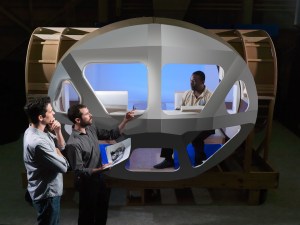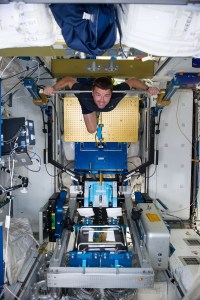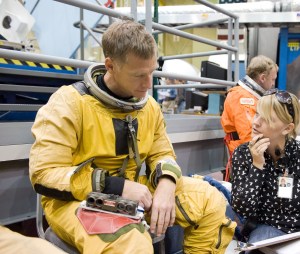Staying Fit in Microgravity
Spaceflight affects the human body in numerous ways. NASA researchers are particularly interested in characterizing how changes in physical fitness impact an astronaut’s ability to perform critical mission tasks. As missions increase in duration, the risks of reduced fitness, including muscle and bone loss, and cardiovascular deconditioning, also increases. As a result, understanding how exercise, alone or in combination with other therapies, can mitigate these changes is critical for future human long-duration missions to Mars.
The Exercise Physiology and Countermeasures (EPC) team develops exercise protocols and hardware to maintain astronaut health and fitness to preserve crewmembers’ ability to perform tasks while in 0g or on a planetary surface. The objectives of the EPC are three-fold:
- Complete astronaut health and medical assessment testing requirements pertaining to musculoskeletal and aerobic fitness
- Evaluate and validate new exercise countermeasures hardware and monitoring tools, exercise protocols, and conditioning programs for the maintenance of crew health and performance during ISS missions and future exploration missions
- Quantify the effects of microgravity on human physiology and performance both during and after spaceflight.
Fun Fact: Did you know that while on the space station, astronauts need to exercise twice a day every day to prevent bone and muscle loss and keep their bodies healthy enough to return to Earth?

NASA
Key Areas of Research
The EPC team studies the effects of microgravity on aerobic capacity, musculoskeletal adaptations to resistance training, the biomechanics of exercise in microgravity, and the physiological cost of mission activities to define requirements for future exercise devices. Laboratory personnel also monitor in-flight exercise responses to evaluate and validate current and proposed exercise countermeasure protocols. The EPC team evaluates portable and wearable performance monitoring tools, such as new heart rate monitors, metabolic analysis devices, and instrumented footwear, that allow for data collection in the field and a broader range of operational environments. A primary goal of the EPC team is to help transition research to operations and optimize human health and performance for exploration missions through exercise. The EPC team provides subject matter expertise to the development of exercise hardware and software to optimize muscle and aerobic fitness to complete mission-critical tasks including Gateway and lunar surface objectives. Development challenges include operations with more compact and energy-efficient equipment to allow missions up to 3 years.
Our State-of-the-Art Facility
The EPC Laboratory supports numerous activities including:
- Fitness-related astronaut medical testing
- Validation of exercise countermeasures hardware and protocols
- Use of analog environments such as bed rest to test protocols and hardware
- Development of conditioning programs for crew health and performance maintenance
- Completion of biomechanical assessments of the crew during exercise
- Use of modeling tools to improve exercise countermeasures
- Technology development to enhance the analysis of human performance
Points of Contact
Brian Prejean, Ph.D.
Brittany Hotaling
John G. Hardy, DPT, OCS



























